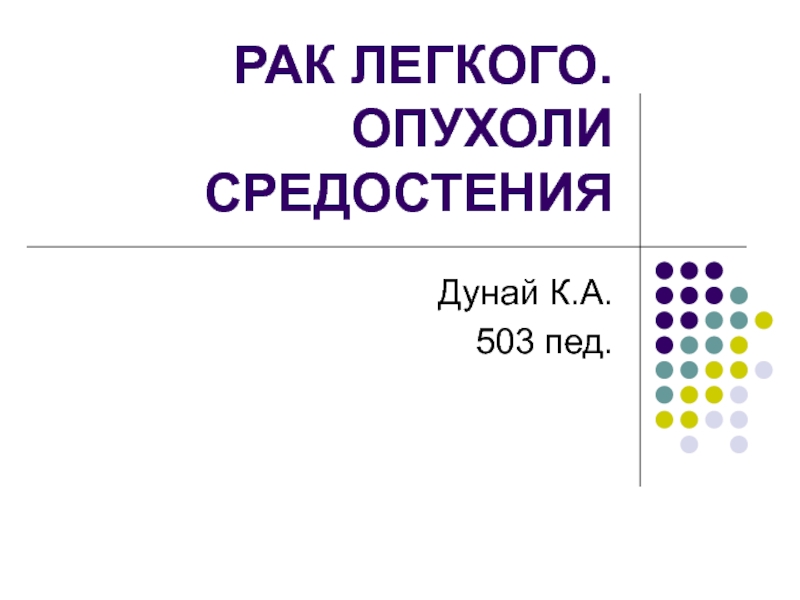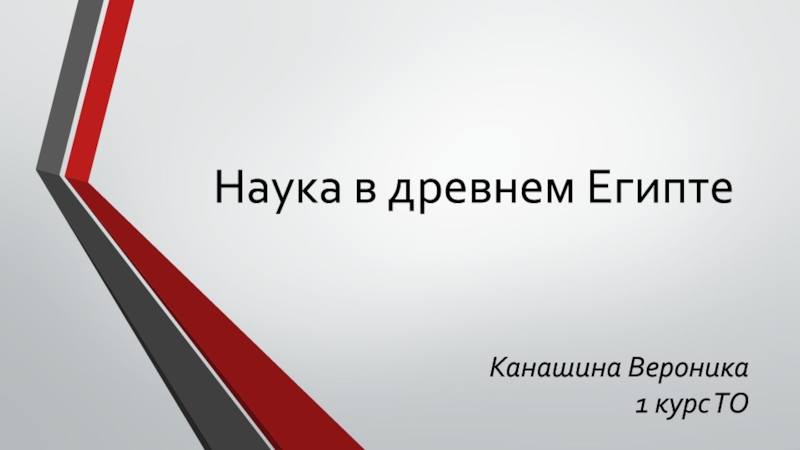latin media - means) is understood as a special direction
in pedagogy that advocates the study by schoolchildren and students of the laws of mass communication.Media education means giving each youngster the ability to understand the situation in which he stands when he is the target of media-related messages.
It means making him able to be an active media reader, listener or viewer capable of appropriating a maximum of original information from all kind of media-related documents, and especially audiovisual documents.
«The process of education and development of a person using and on the material of mass media with the aim of creating a culture of communication with the media, creative, communicative abilities, critical thinking, interpretation, analysis and evaluation of media texts, teaching various forms of self-expression using media technology» (A.V. Fedorov)





























